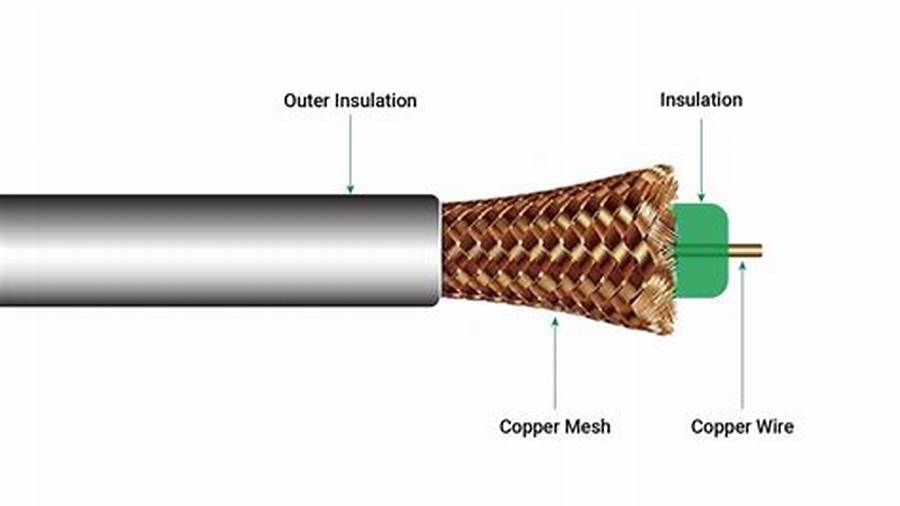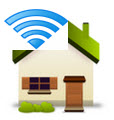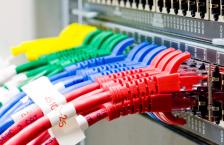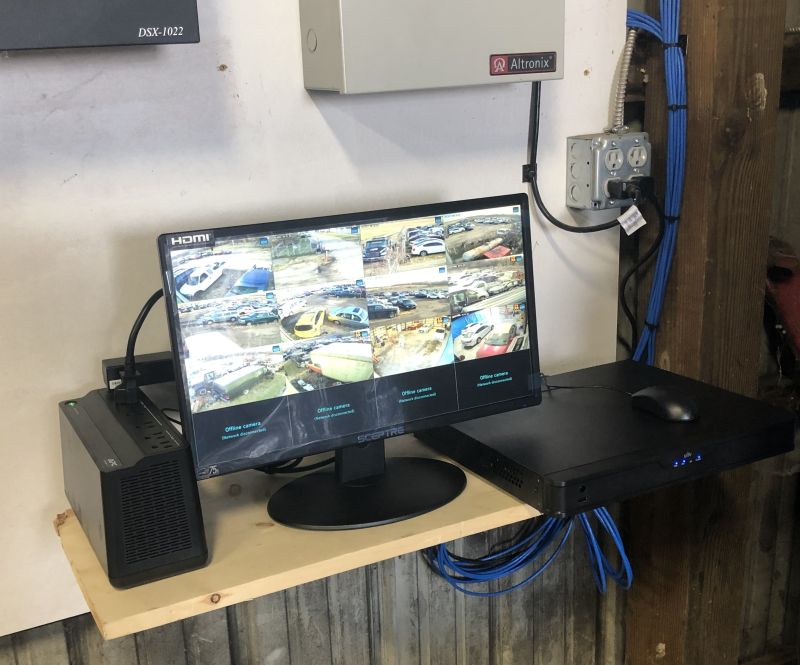Coaxial cables, commonly known as “coax cables,” are critical for delivering high-speed internet, cable TV, and security camera feeds to homes and businesses. However, like any electronic component, coax cables can deteriorate over time leading to frustrating connectivity issues.
What Are Coax Cables?
Coax cables are composed of four key components encased in a protective outer jacket:
- Copper core conductor
- Insulating dielectric layer
- Woven metallic shield
- Protective outer jacket
The coax cable’s copper core carries radio frequency (RF) signals that bring data, video, and voice transmissions to your devices. The insulating layer prevents signal leakage, while the shielding protects against electromagnetic interference (EMI).

Why Do Coax Cables Fail Over Time?
Like any electronic component, coax cables gradually deteriorate with age and usage. The three primary factors that contribute to coax cable failure include:
1. Wear and Tear
Environmental conditions and physical damage from movement or compression can degrade the components inside a coax cable. For example, the copper conductor may corrode, the insulation can crack or split open, and the protective shielding can loosen over time.
A 2018 study by the National Institute of Standards and Technology found that 20% of coax cable failures stemmed from wear and tear issues .
2. Harsh Environmental Factors
Exposure to extreme hot or cold temperatures, high humidity, salt air, and other environmental elements accelerates a coax cable’s deterioration.
For instance, a Florida case study discovered that cables in coastal areas corroded over 3x faster than ones kept in climate-controlled environments. This was likely due to the high humidity and saltwater moisture in the air.
3. Improper Installation
Incorrect installation techniques often lead to premature coax cable failure. Technicians must take care to avoid sharp bends, pinches, or twists during routing. Cables must also be properly grounded to prevent signal leakage issues.
The 4 Types of Damage That Cause Coax Cables to Fail
Now let’s explore the four main types of damage that can render a coax cable non-functional:
1. Heat Damage
Prolonged heat exposure can melt the plastic components inside a coax cable. Since coax cables have a low melting point of only 150° Fahrenheit, placing them near heat vents or in hot attics often leads to failure.
2. Water Damage
Like all electronics, coax cables and connectors are highly susceptible to water damage. Flooding or exposure to extreme humidity can lead to short circuits, interference, and signal loss.
3. Physical Damage
Even a slight kink or bend can break the internal components inside a coax cable. Stepping on cables or letting them get pinched under furniture commonly causes physical damage.
4. Connector Damage
If either connector end of a coax cable gets damaged or disconnected, it interrupts the closed circuit required for signal transmission. Fortunately, unlike the cable itself, damaged connectors can easily be replaced by technicians.
How to Check if Your Coax Cable Has Gone Bad
Warning signs of a faulty coax cable include reduced internet speeds, patchy cable TV reception, or disconnected security cameras.
To confirm cable failure, use a multimeter to check resistance and capacitance values. Out-of-range readings indicate the cable or connectors have been damaged.
Fluctuating connectivity without an obvious cause may also suggest a failing coax cable. Consider inspecting all cables for wear, damage, or corrosion.
Tips to Prevent Coax Cable Failure
While coax cable problems are inevitable over time, certain prevention tips can dramatically extend their lifespan:
- Carefully install cables to avoid kinks, twists, or tight bends
- Use weatherproof gel to seal outdoor cable connections
- Keep cables far from heat sources like vents or direct sunlight
- Ensure cables are properly grounded to prevent signal leakage
- Replace old or damaged cables proactively before problems occur
The Impact of Coax Cable Deterioration
Faulty coax cables lead to slow internet speeds, intermittent cable TV reception, and disconnected security cameras. This leads to endless frustration for homeowners and lost revenue for business owners.
In severe cases, entire cable TV or CCTV systems may stop functioning properly until the damaged cables get replaced. This highlights the importance of proactive maintenance and cable inspections.
Conclusion
In summary, coax cables inevitably deteriorate over time due to wear and tear, environmental factors, improper installation, and accidental damage. Warning signs of failure include reduced internet speeds, patchy cable TV reception, and disconnected security cameras.
To minimize problems, carefully install cables, keep them far from heat sources, ensure proper grounding, and replace old cables proactively. With vigilant maintenance, coax cables can deliver fast, reliable connectivity for many years.






0